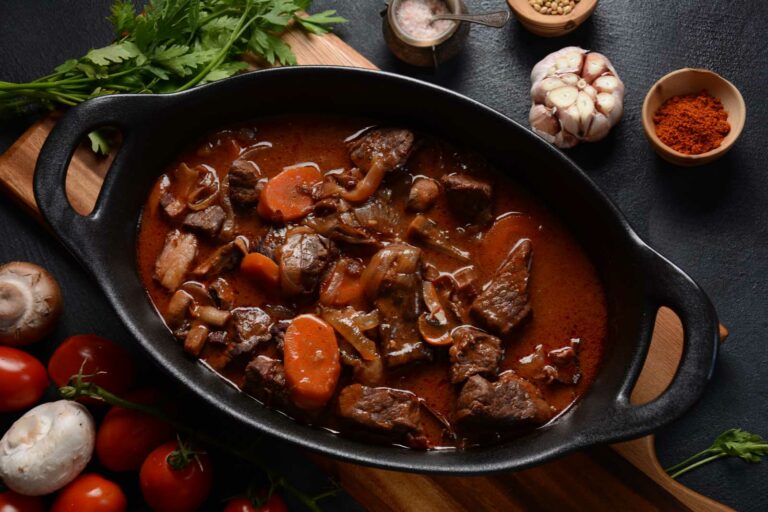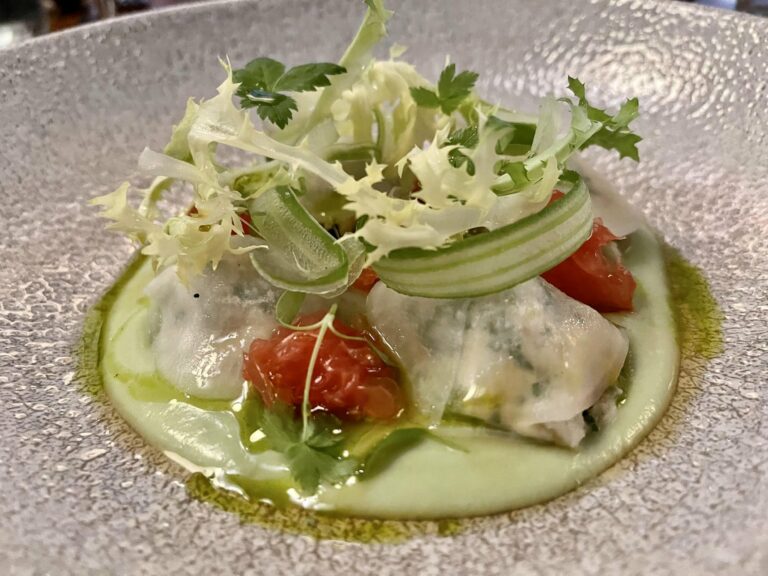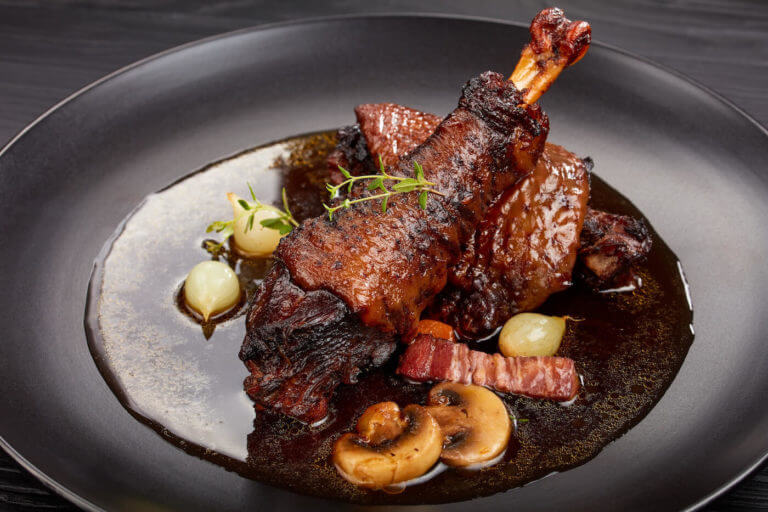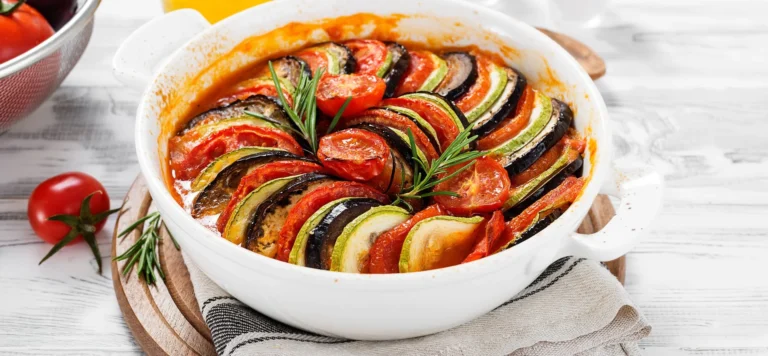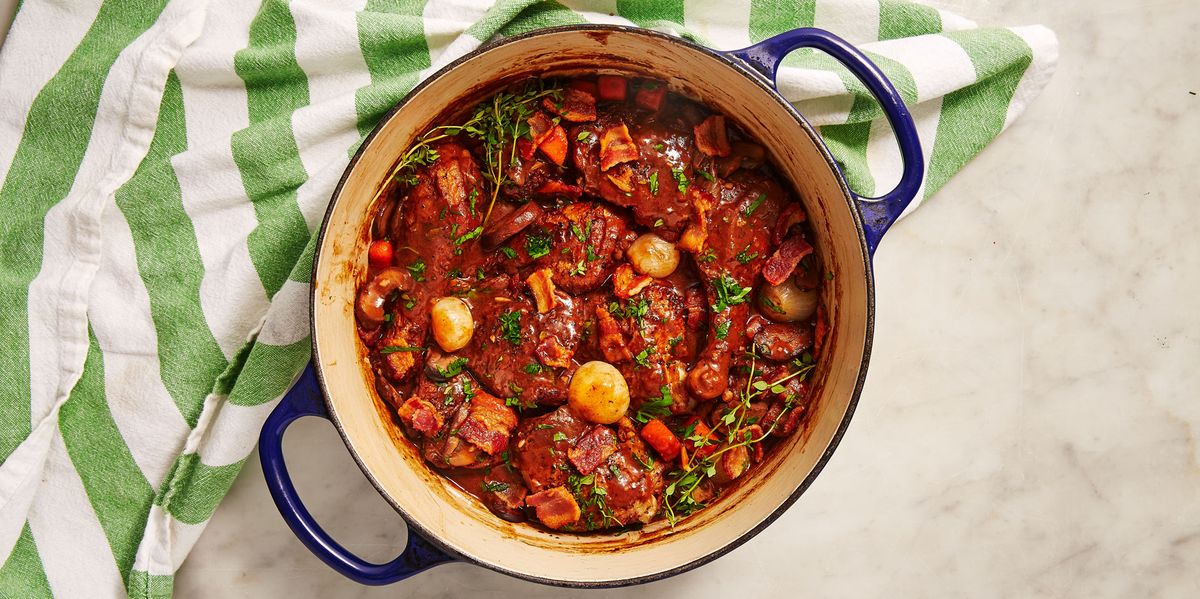Introduction: French Sauces and Condiments
French cuisine is renowned worldwide for its rich and flavorful sauces and condiments. From classic French sauces to pungent condiments, there is a vast array of options for anyone looking to add a little bit of French flair to their meals. Whether you prefer a creamy sauce or a tangy condiment, there is something for everyone in French cuisine.
Béarnaise Sauce: A Popular French Classic
Béarnaise sauce is a classic French sauce that is rich and flavorful, making it the perfect accompaniment to steak and other grilled meats. This sauce is made with shallots, tarragon, white wine vinegar, and egg yolks, which are whisked together before adding melted butter to create a smooth and creamy sauce. Béarnaise sauce is typically served warm and can be made in advance and reheated when needed.
Hollandaise Sauce: A Creamy Egg-Based Sauce
Another classic French sauce is hollandaise sauce, which is renowned for its velvety texture and rich flavor. This sauce is made with egg yolks, lemon juice, and melted butter, which are whisked together until they form a thick and creamy emulsion. Hollandaise sauce is perfect for eggs benedict, asparagus, and other vegetables, as well as fish and seafood dishes.
Aioli: A Garlic-Infused Condiment
Aioli is a garlic-infused mayonnaise that is particularly popular in the south of France. This condiment is made with garlic, egg yolks, olive oil, lemon juice, and salt, which are whisked together until they form a thick and creamy sauce. Aioli is perfect for dipping vegetables, bread, and seafood, and can also be used as a spread for sandwiches and burgers.
Dijon Mustard: A Must-Have Condiment in French Cuisine
Dijon mustard is a staple condiment in French cuisine and is renowned for its sharp and tangy flavor. Made with brown mustard seeds, vinegar, and spices, Dijon mustard is perfect for adding a zing to sandwiches, dressings, and marinades. It is also a popular condiment for charcuterie boards and can be used to add an extra kick to cheese and meats.
Rouille: A Spicy Sauce Perfect for Seafood Dishes
Rouille is a spicy sauce that is particularly popular in the Provence region of France. This sauce is made with garlic, red pepper flakes, egg yolks, olive oil, and breadcrumbs, which are blended together until they form a smooth and creamy sauce. Rouille is typically served as an accompaniment to seafood dishes, such as bouillabaisse, and is perfect for adding a little bit of heat to your meal.


